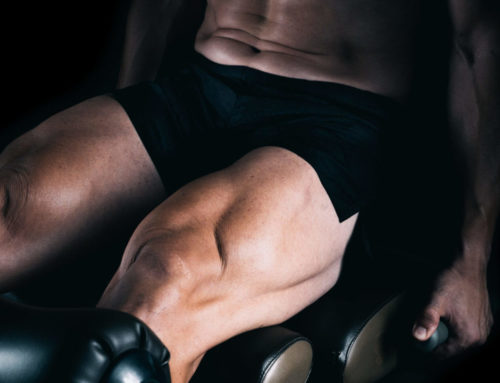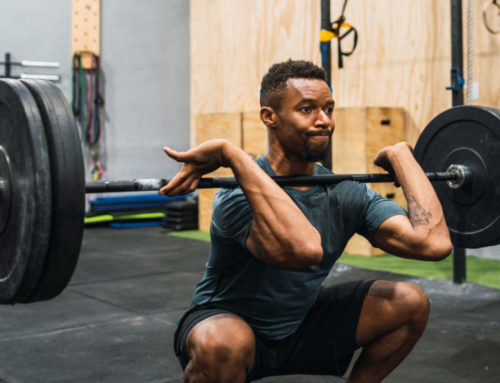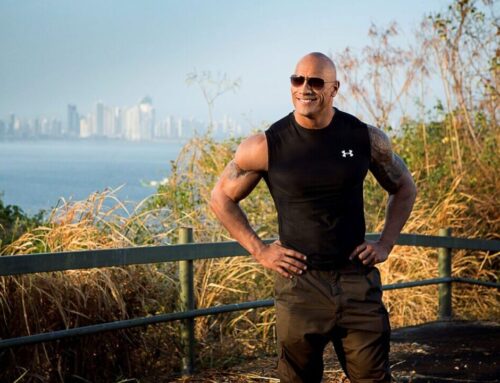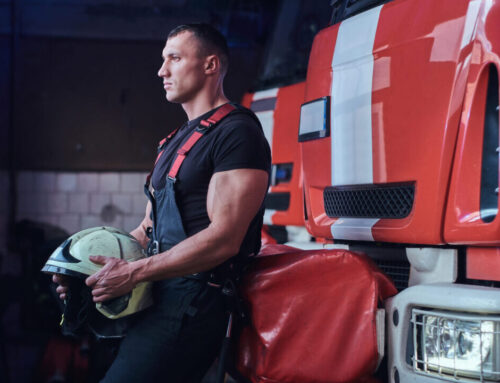As Captain America, Chris Evans has achieved the definitive Superhero physique. Here, he shows us how he shaped up for Avengers: Infinity War, this year’s biggest blockbuster. And this is just the start. Now he’s training to stamp his style on the entire action-hero genre.
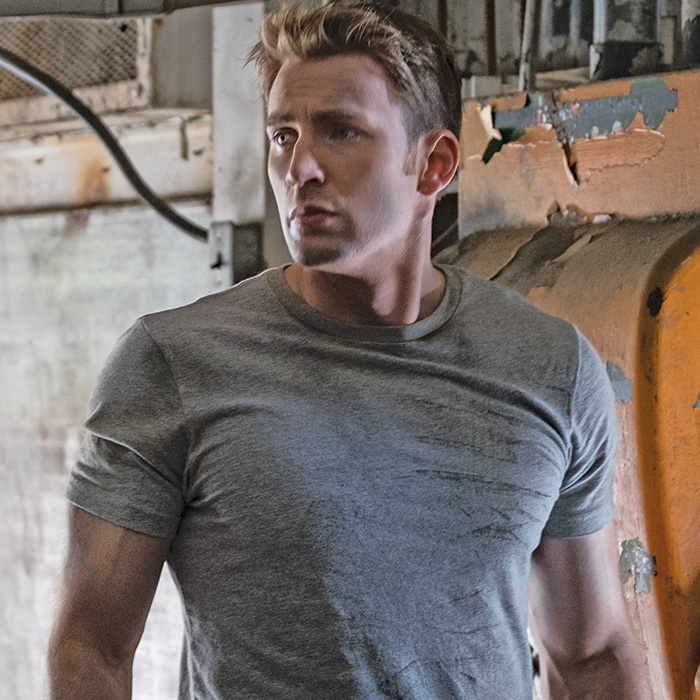
While Chris Evans obviously keeps in shape all year round, the Avengers role requires a little extra. “You just have to jump back into it,” he says smilling when asked about his strategy for jump-starting the training. “You can’t run away from the workouts, there’s no shortcuts. There’s lots of push-ups and squats, a lot of sweating. It’s quite a specific physique, so the training at its core hasn’t really changed much. It’s weight training and getting big but staying lean. The main thing for Cap is to look big, but at the same time to be functionally strong, have a realistic body, be agile, and then look in good proportion – no skipping leg day, no chicken legs. I lose a bit of muscle in-between the films as the amount I eat when training for Cap is a bit much for me, so when I get back into it, I’m focused on building muscle and keeping lean.” He’s on to something because muscle memory is very much a real thing. A 2018 paper at Keele University found your muscles keep a memory bank of previous growth, so if you’ve lost weight and seek to regain it, the process should be easier.
Hero lifts
You might expect him to have a high tech training facility, but when pressed for his sweat secrets he explains how the exercise ethos is surprisingly old school. “It’s a mixture of things,” he says showing us the side of a man who takes his work seriously. “First, there’s heavy compound moves. That’s all of the staples like deadlifts, squats, bench presses, lunges, leg presses, shoulder presses, shrugs. With those compound moves I’m lifting heavy weights, 3 sets of 6 to 8 reps. Form is so critical because of symmetry and more importantly you don’t want to have any setbacks through niggling injuries – especially now that I’m 36. Over the last eight years or so of playing Cap, your body goes through a little bit of wear and tear, so you have to be sensible and be focused.” Smart advice from a seasoned lifter because if you’re just starting out or have been at it for a while, there’s a good chance you can still improve your form. Get a training partner to video you on the heavier lifts because this is when your form is most likely to break down. Take a look at the footage and see how they stack up against the perfect form prescribed by trainers.

Piecing it together
While the multi-jointed moves form the cornerstone of adding size, he also needs to move like a Superhero so cannot look wooden in his movements. “Those compound moves are integrated with plyometrics and bodyweight moves – pull-ups, chin-ups, push-ups, circuits of these, and often weighted. With the plyometrics, we do a lot of box jumps. This is all quite intense and grueling, a lot of muscle ache and I sleep really well,” he says laughing. It’s worth including some level of explosive training such as plyometrics into your workouts, because it will not only increase the overall power in your legs, but improve your skills on the sports pitch. A paper in the British Journal of Sports Medicine found plyometrics training drills, such as box jumps, were an excellent way of increasing your vertical jump. So, if you want a little extra spring in your step to reach the rim, do them 2-3 times a week.
The breakdown
When it comes to building muscle, few routines can offer the Hulk-creating prowess of a bodybuilding strategy. “With the workouts, we do 5-day splits,” he explains. “Every day we take two muscle groups and really put in that work for an hour and half to 2 hours. And then we wind down with stretching, abs and core work. I usually have one rest day and then one more relaxed day of training.” It’s a brutal routine but one that clearly yields the results that show up on the big screen.
Food matters
As you’d expect, the heavy lifting is only one element because the edible side of the equation will always be a defining factor. “It’s very mapped-out and controlled. It’s eating all the time, around 6 times a day. We go by the 2 grams of protein per kilo of bodyweight rule, so it is high in protein. I drink low-carb protein shakes as well, between meals and post workout. And then day-to-day it is a lot of leafy chicken salads, porridge, brown rice, fish, beef, berries, apples and nuts as snacks. No sugar and starchy carbs.” Even super soldiers can’t outlift a shoddy eating plan.



